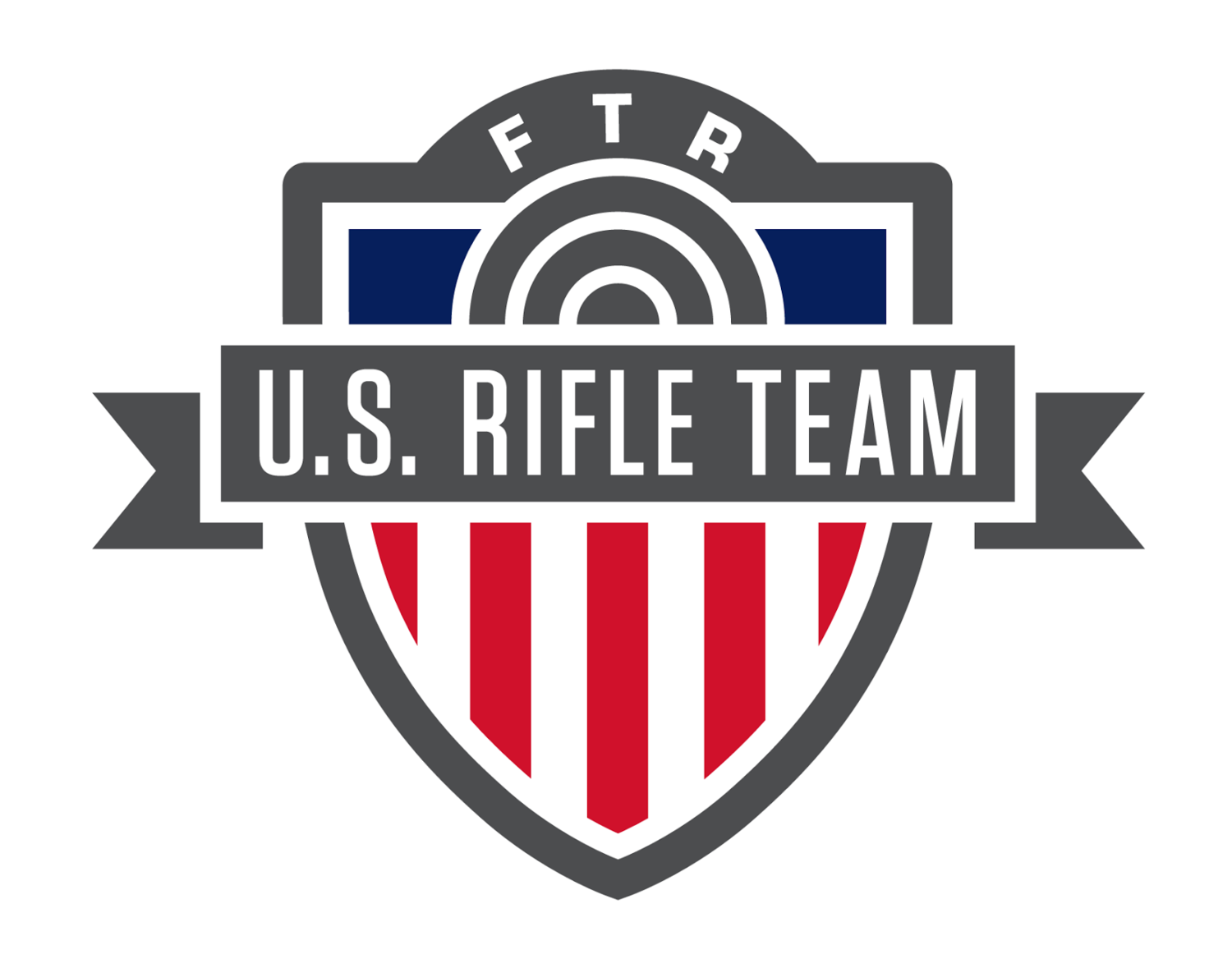As a member of the US Rifle Team, I was fortunate to get an early look at Berger’s newest bullet, the 200.20X. The new bullet originated from a conversation between team members John Pierce and Bryan Litz a couple seasons ago. Both Berger and John made prototypes and the Michigan FTR Team experimented with them. The idea is straightforward; put the 215 Hybrid nose and boat tail on a 200 grain bullet. After some magic tweaks at Berger, this resulted in a bullet with a G7 BC of .328 and a reduced bearing surface that still shoots in any rifle that can shoot the Berger 200 Hybrids.
I have gotten many fine groups out of the Hybrids and can’t yet say that that new 20X will make your groups smaller, but as you will see from the pictures, the new bullets shoot just as well for me with virtually the same loads as the 200 Hybrids. A few groups of the Hybrids are included for comparison.
Some members of our team found it easier to get the 185 Juggernaut shooting well, versus the 200 hybrids. Those members are reporting very good success with the new 200.20x. For me, running the 20X at the same velocity as my good 200 Hybrid loads has proven to be quite successful.
There does seem to be a noticeable reduction in velocity SD in the three different barrels that I have tested the 200.20x bullets in. I suspect that it is somehow related to the shorter bearing surface. Typically with 200 Hybrids and larger primer Lapua brass, my SD for 15-20 shot strings would be in the 8-12 fps range. With the 200.20x it has been in the 5-10 range.
The three Bartlein barrels that I used were all 1-11 twist. Two were 4 groove and one was a 5R. All were 28”. And all had different profiles. What they all had in common was a version of the 2013 USFTR reamer. I say version, because I have yet to find two reamers that are alike. A .170” throat works well. I suspect you could vary that .020” either way and not know the difference in groups.
Bryan has noted that for best BC you want a 1/10 twist and I have seen some concern in the various forums about wat twist rate is needed. As noted, I am using 1/11 twist barrels and all of my testing is at <700’ above sea level.
Both Vihtavuori N140 and Hodgdon Varget were used in my testing. Both resulted in excellent groups.
Depending on the gauges you use, you will find that the Cartridge Base to Ogive measurement, when just touching the lands, will be very close to the measurement you get with the Hybrids. However you will need to adjust your seating die out about .030” to get the same jump as at hybrids, depending on the seating die used.
Our test lot ran out pretty quickly, so we are excited to see that Berger has decided to add this bullet to their product line.


